Dinner
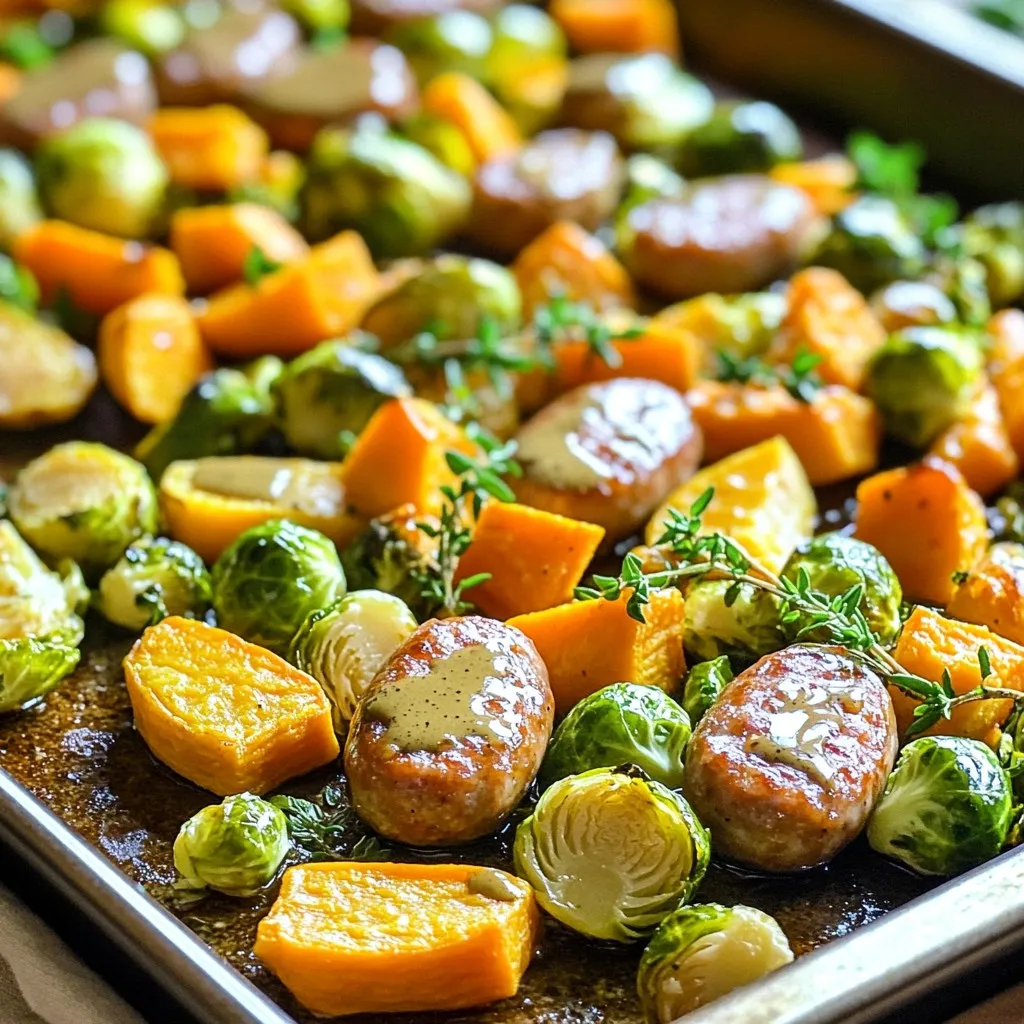
Sheet-Pan Maple Dijon Sausage & Veggies Delight
Get ready to wow your taste buds with my Sheet-Pan Maple Dijon Sausage & Veggies Delight! This simple and tasty dish combines juicy sausages and

Sun-Dried Tomato Turkey Meatballs Flavorful and Easy
Looking for a quick and tasty meal? You’ll love these Sun-Dried Tomato Turkey Meatballs! They pack a burst of flavor with easy-to-find ingredients. I’ll walk
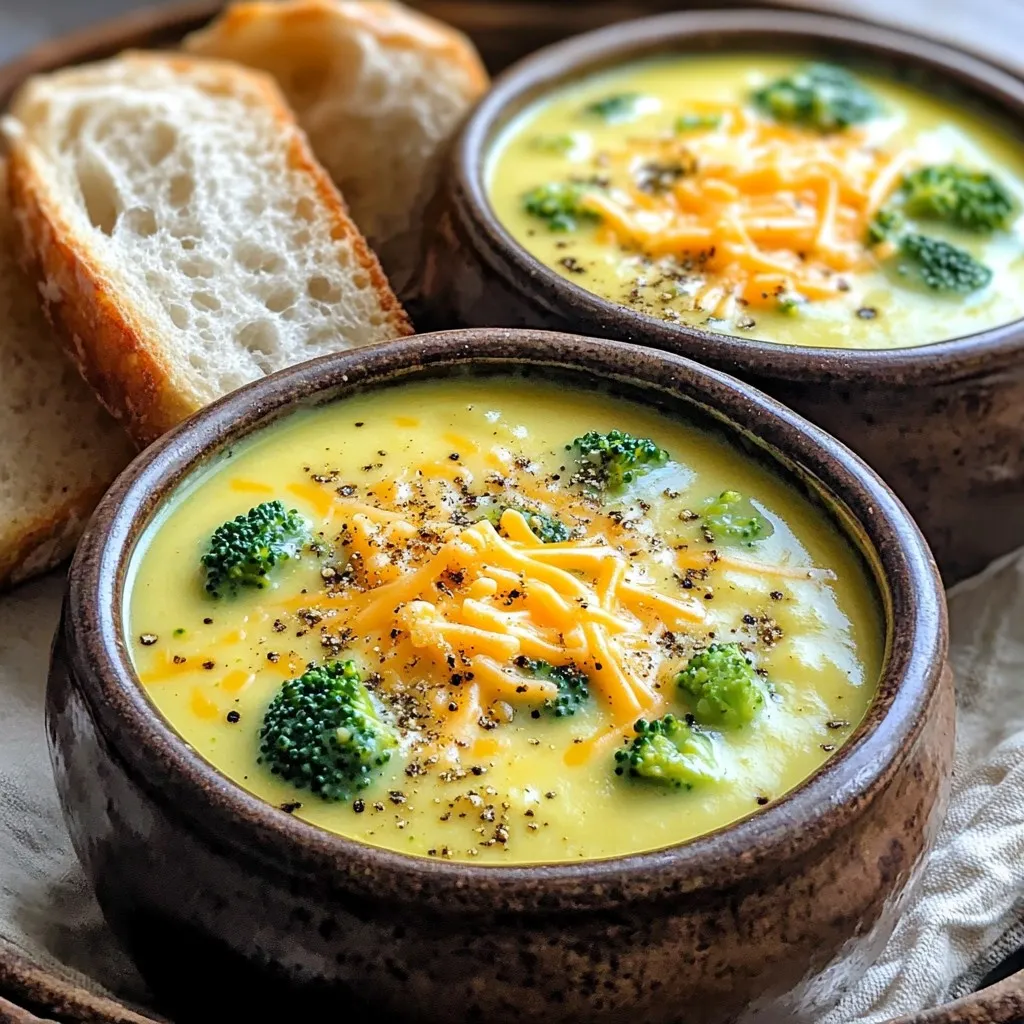
Slow Cooker Broccoli Cheddar Soup Rich and Creamy Delight
Are you ready to warm up with a bowl of rich and creamy Slow Cooker Broccoli Cheddar Soup? This dish is simple to make and
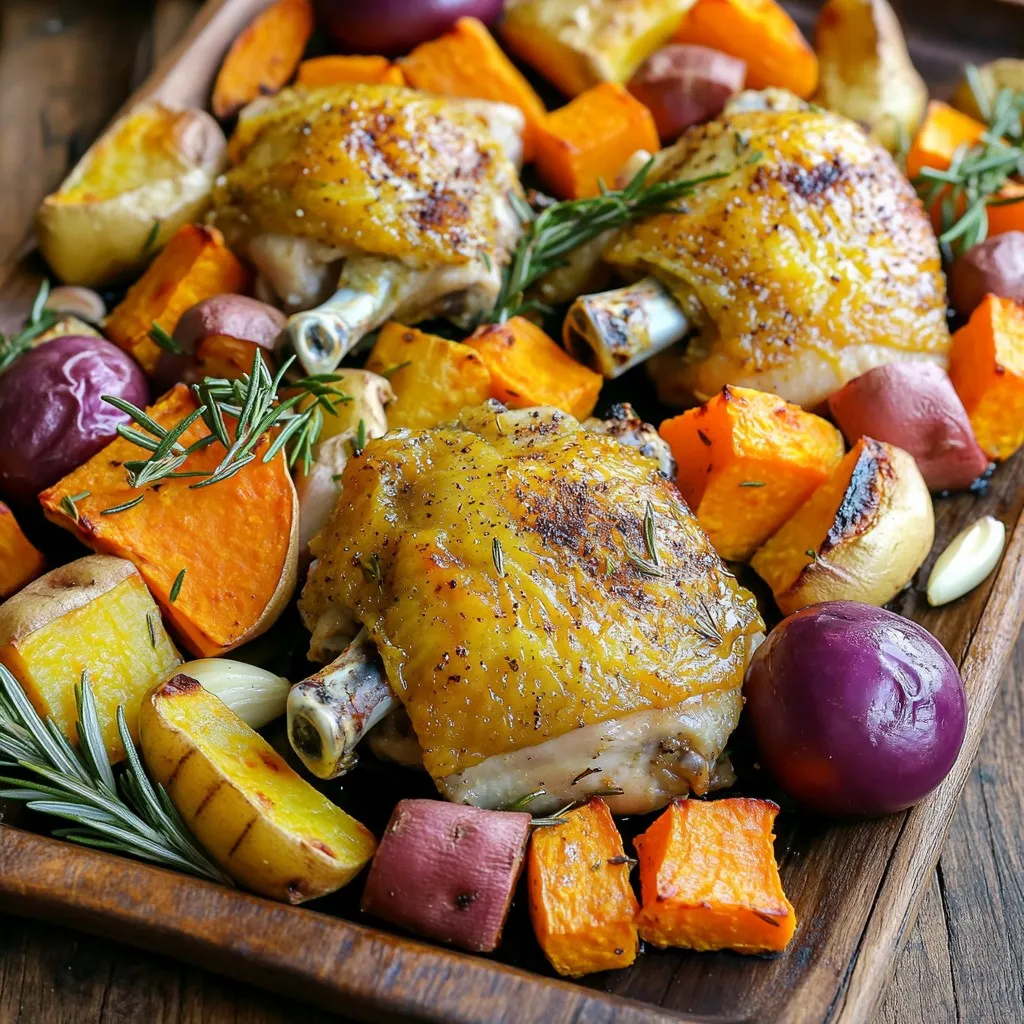
Sheet-Pan Roast Chicken & Root Veggies Delight
Get ready to savor a hassle-free meal with my Sheet-Pan Roast Chicken & Root Veggies Delight! This dish combines juicy chicken thighs with flavorful root

Minute Garlic Chili Udon Flavorful and Quick Meal
Are you craving a quick and tasty meal? Look no further! Minute Garlic Chili Udon checks all the boxes for flavor and ease. With just
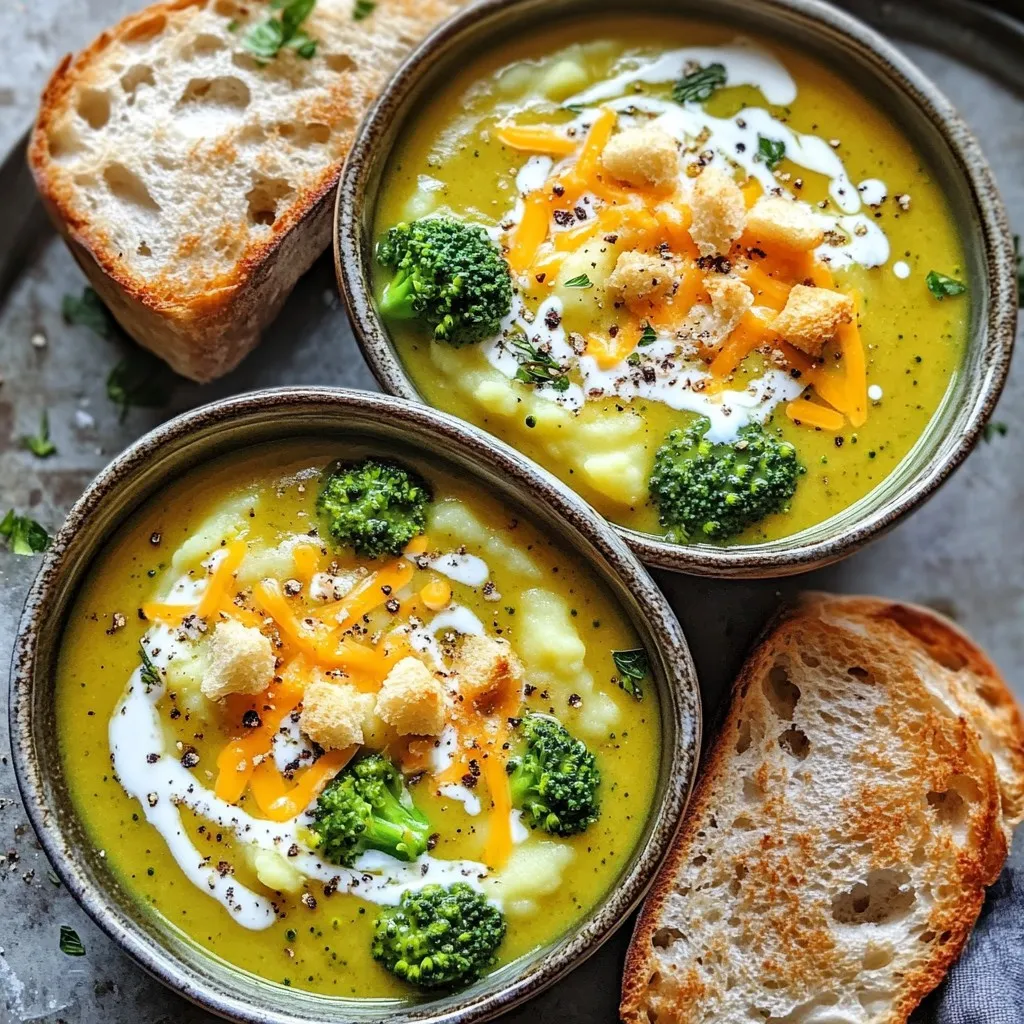
Slow Cooker Cheesy Broccoli Potato Soup Delight
If you’re looking for a warm and comforting dish, you’ve found it! My Slow Cooker Cheesy Broccoli Potato Soup is rich, creamy, and packed with

Creamy Garlic Parmesan Chicken Meatballs Delight
Are you ready to indulge in a dish that’s creamy, flavorful, and oh-so-satisfying? Welcome to my Creamy Garlic Parmesan Chicken Meatballs Delight. I’ll guide you
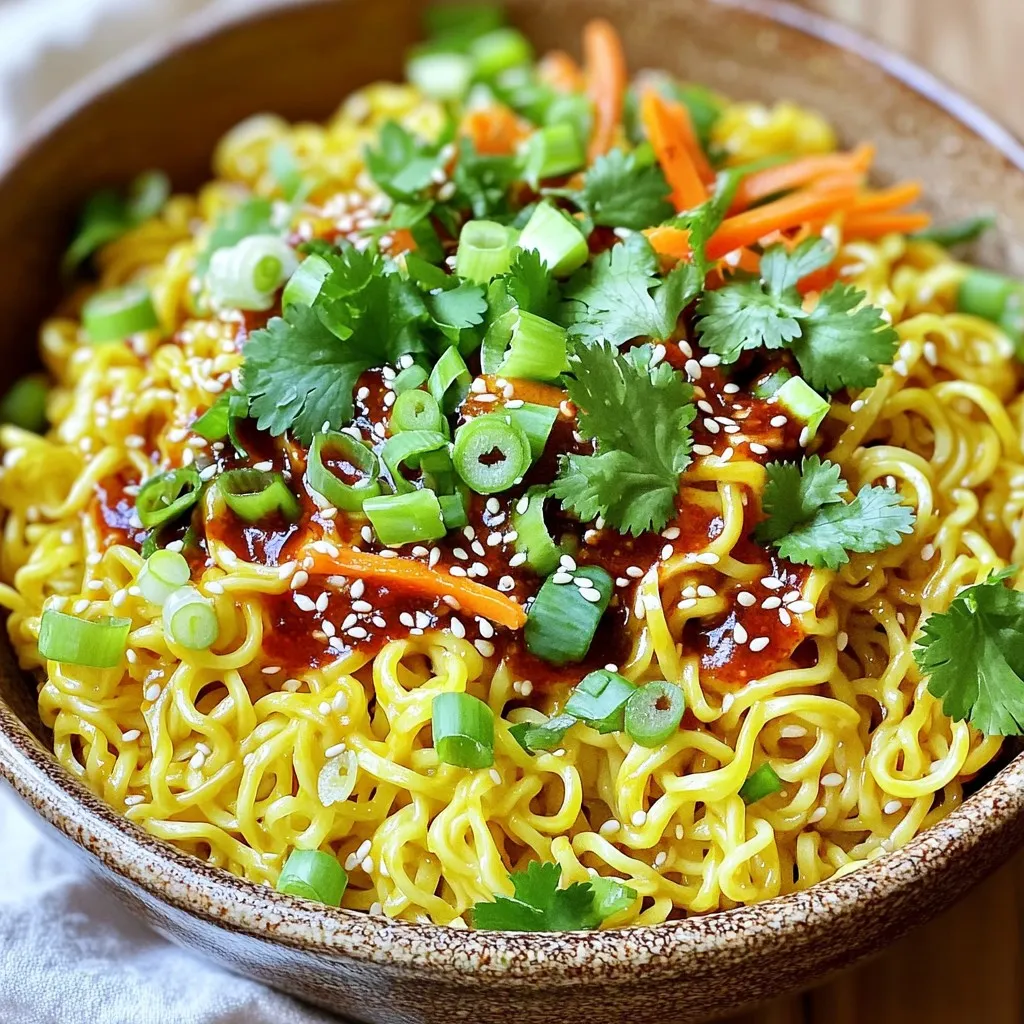
Minute Chili Crisp Egg Noodles Quick and Tasty Meal
If you’re looking for a quick, tasty meal, I have the perfect recipe for you! Minute Chili Crisp Egg Noodles are easy to whip up
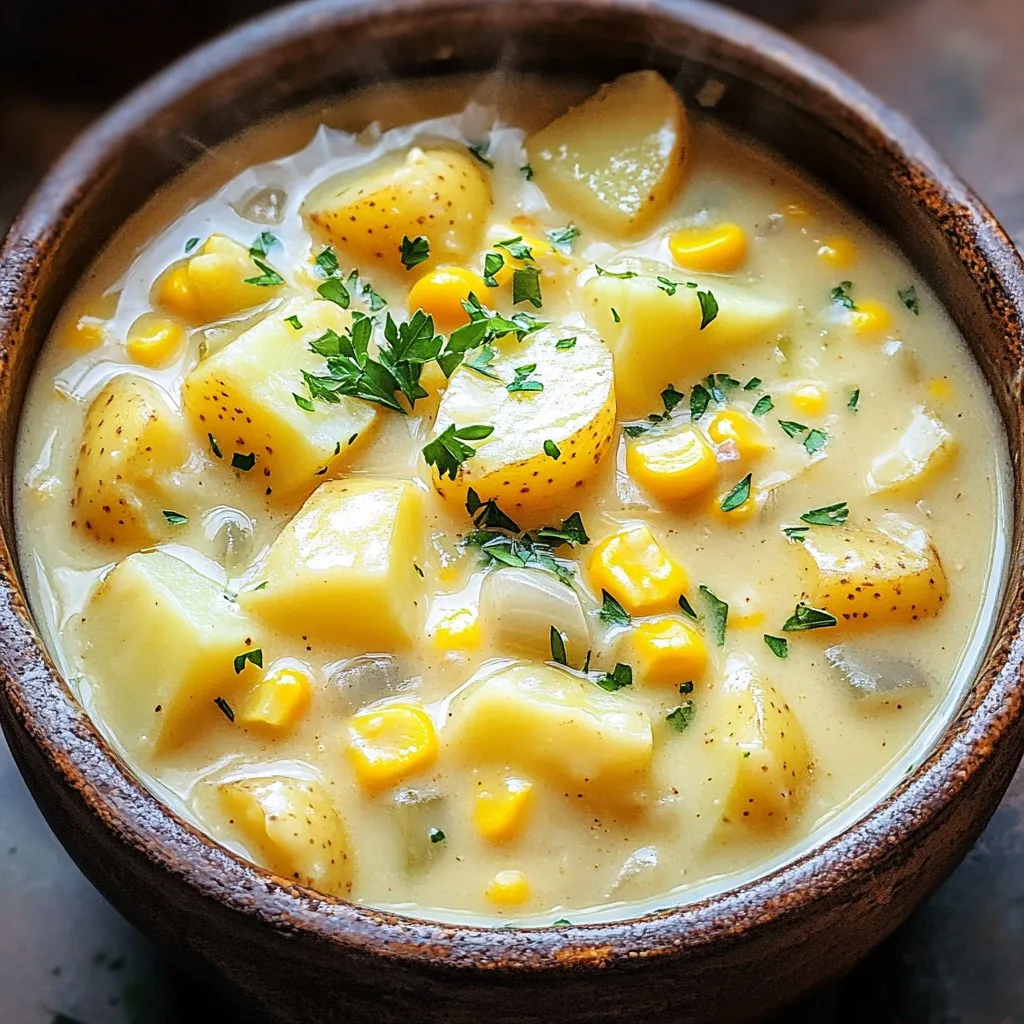
Slow Cooker Creamy Potato Corn Chowder Delightful Recipe
If you’re craving comfort food that’s easy to make, you’ll love this Slow Cooker Creamy Potato Corn Chowder. With simple ingredients like potatoes, corn, and

Sheet-Pan BBQ Chickpea & Sweet Potato Tacos Delight
If you’re craving a tasty meal that’s quick and easy, look no further! My Sheet-Pan BBQ Chickpea & Sweet Potato Tacos pack flavor and nutrition